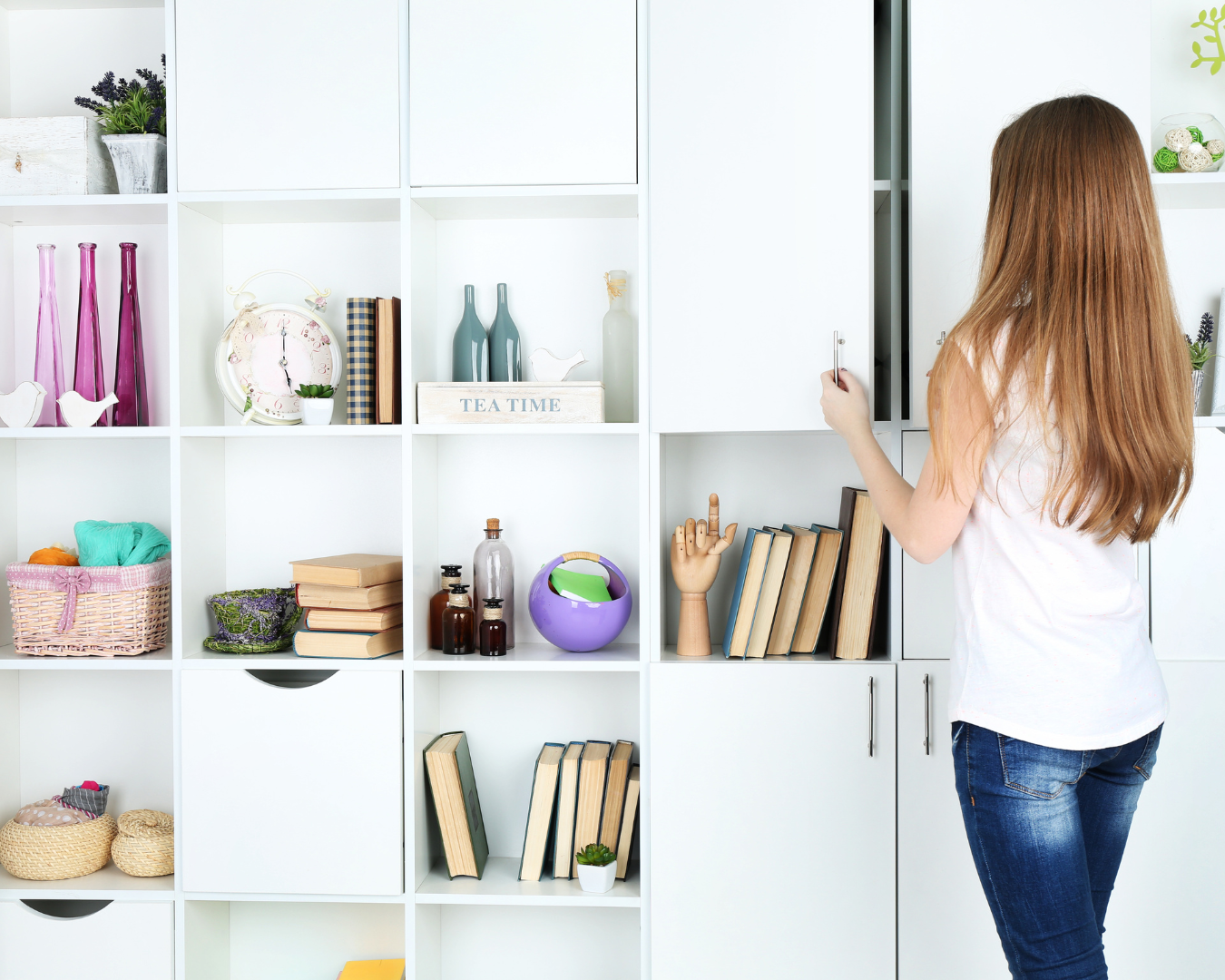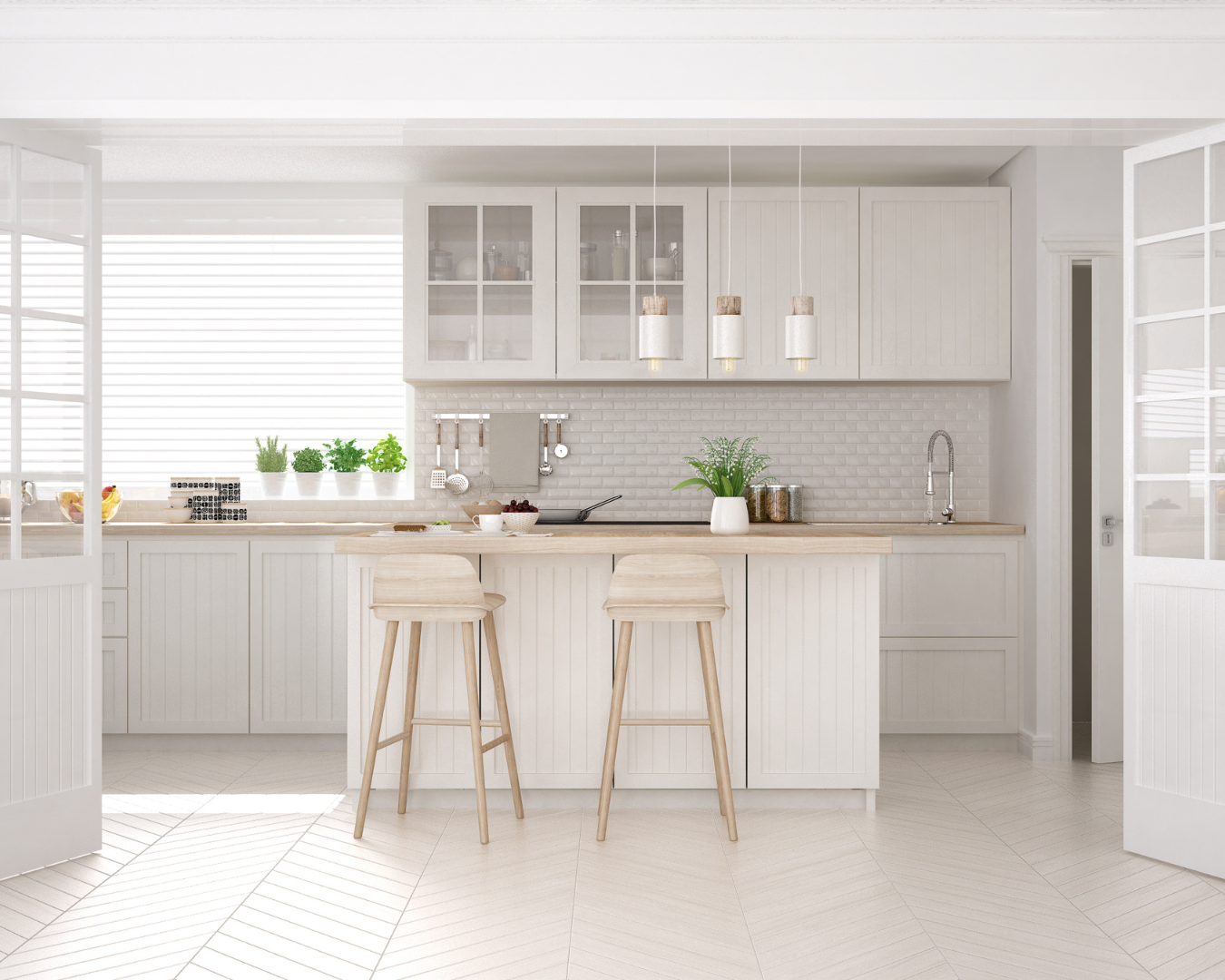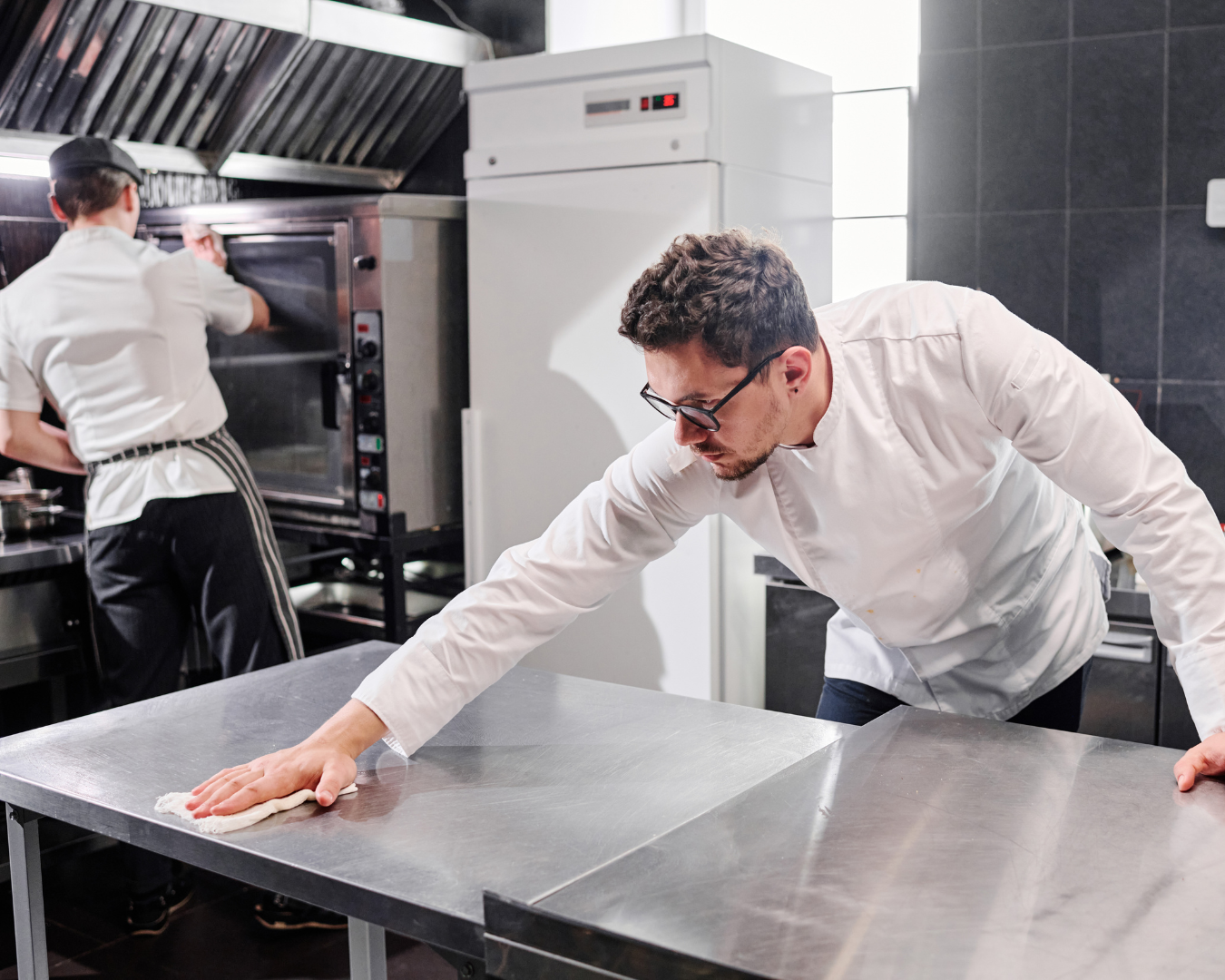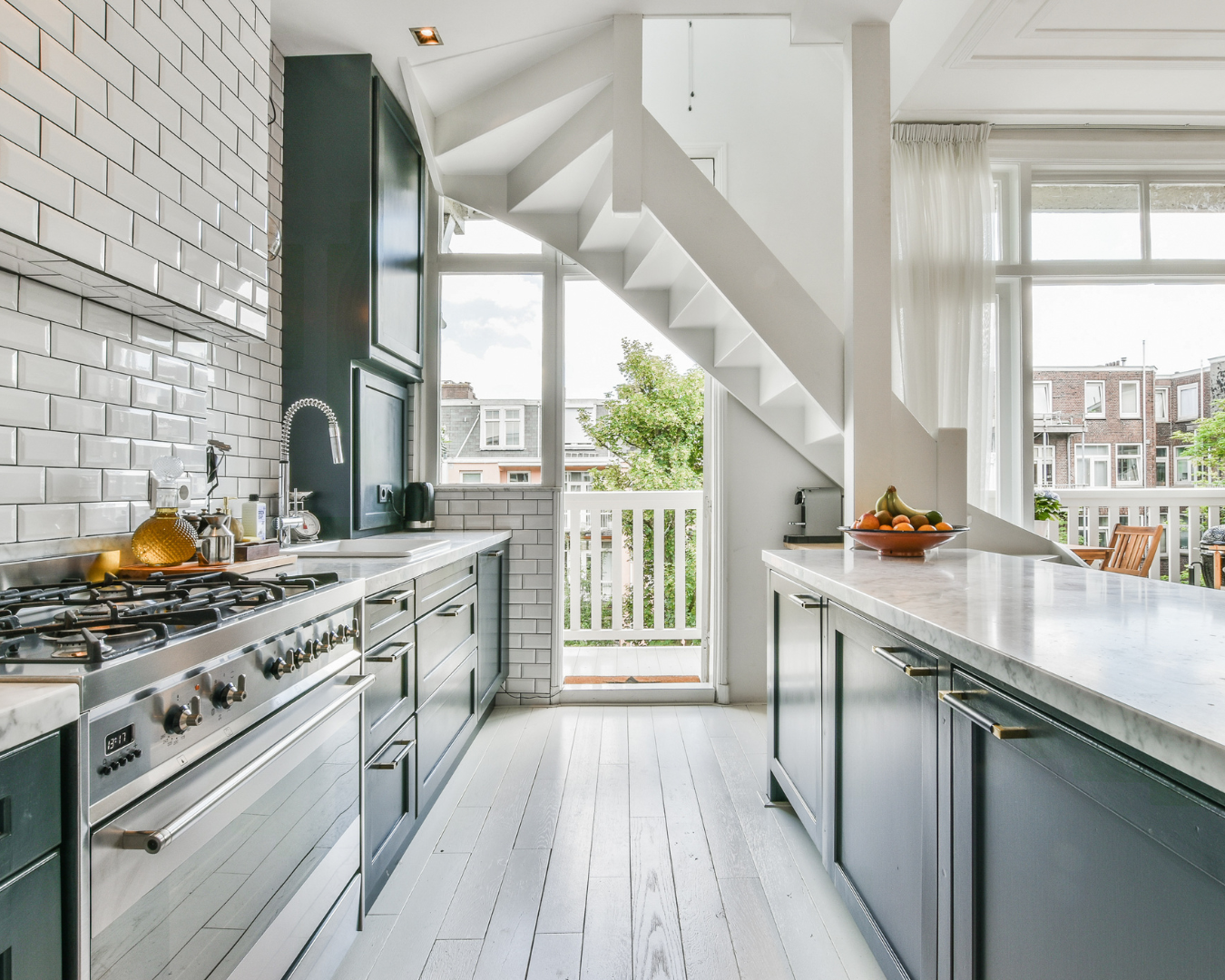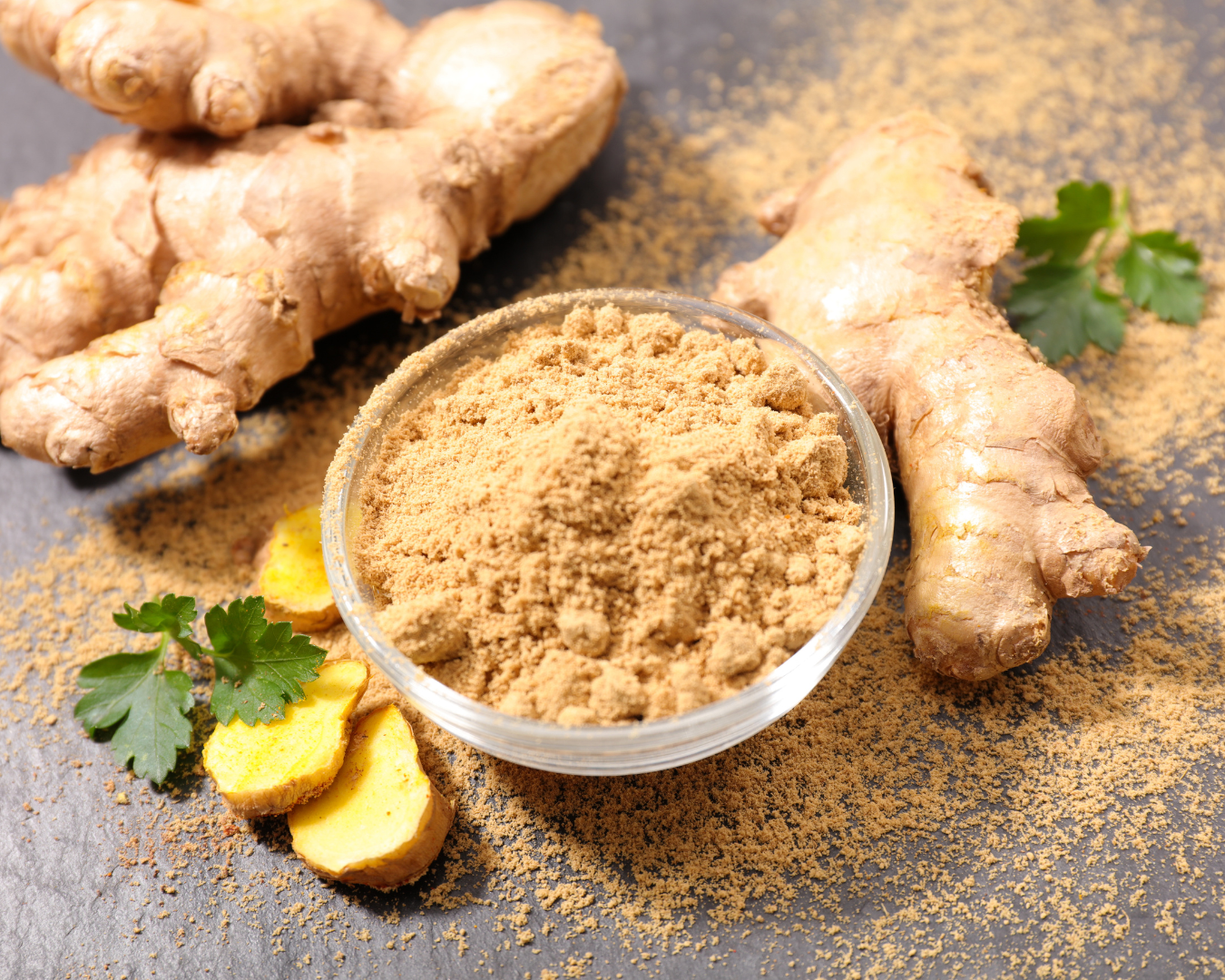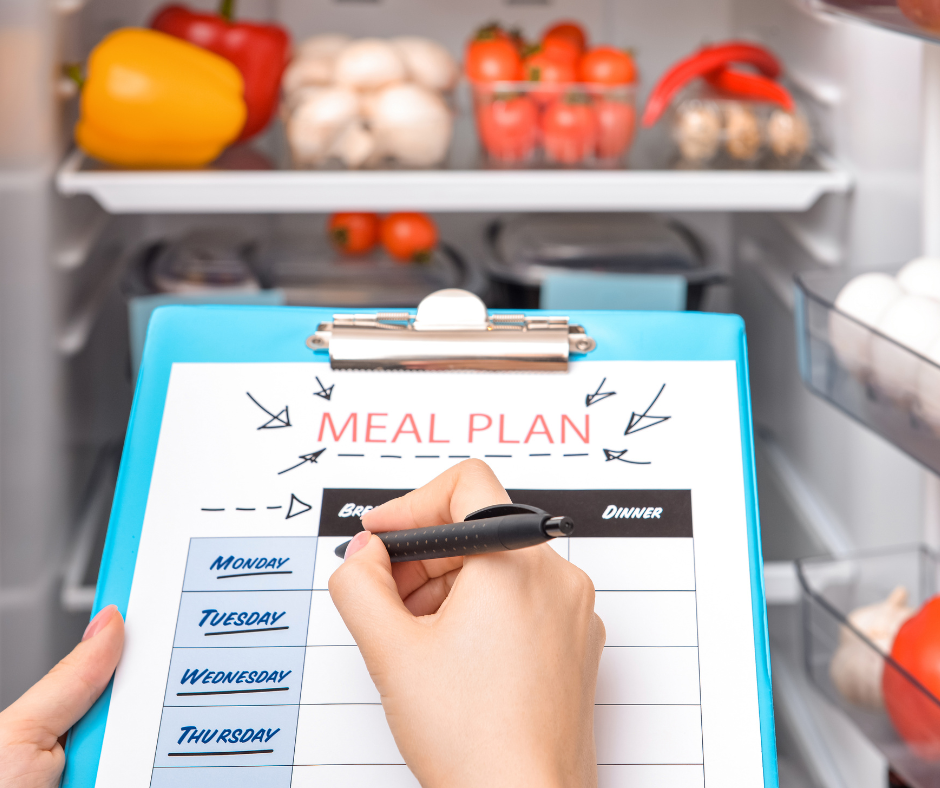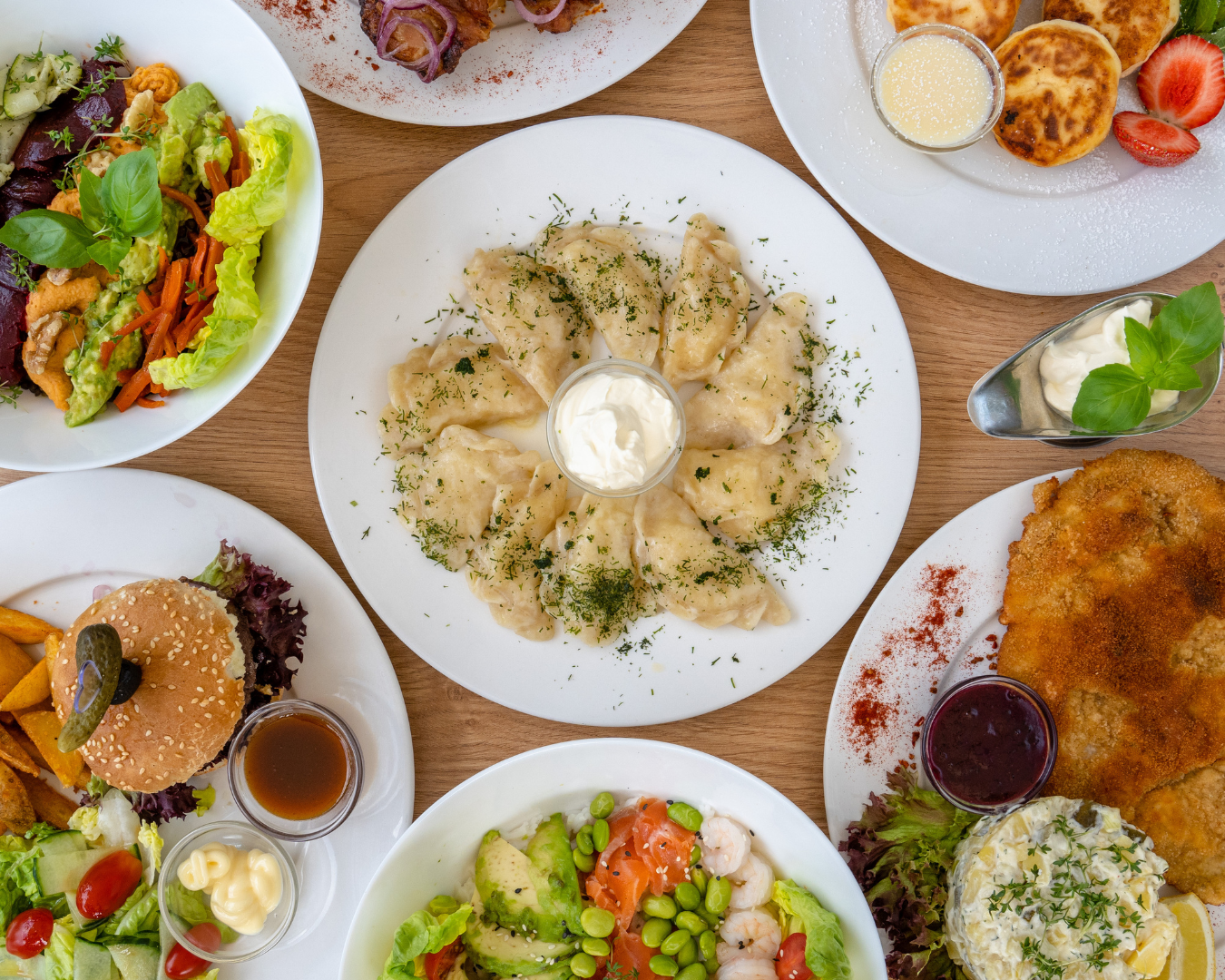Healthy Eating on a Budget: Nutritious and Affordable Meals
Eating healthily doesn’t have to be expensive. With a bit of planning and smart shopping, you can enjoy nutritious meals without breaking the bank. Here’s a guide to help you eat well on a budget, featuring affordable ingredients, budget-friendly recipes, and practical strategies for meal planning and batch cooking. Affordable Ingredients for Healthy Eating 1. Canned Beans Canned beans are a versatile, protein-rich, and budget-friendly ingredient. They can be used in salads, soups, stews, and as a meat substitute in various dishes. 2. Frozen Vegetables Frozen vegetables are just as nutritious as fresh ones and often more affordable. They’re pre-washed and pre-cut, making meal prep easier and faster. 3. Whole Grains Whole grains like brown rice, quinoa, and oats are inexpensive and packed with nutrients. They’re a great base for many meals and keep you feeling full longer. 4. Seasonal Produce Buying fruits and vegetables in season is cheaper and ensures you get the freshest produce. Farmer’s markets and local grocery stores often have the best deals on seasonal items. 5. Eggs Eggs are an excellent source of protein and very affordable. They can be used in a variety of meals, from breakfast to dinner. Budget-Friendly Recipes Hearty Bean Soup Ingredients: Instructions: Veggie Stir-Fry with Brown Rice Ingredients: Instructions: Quinoa Salad Ingredients: Instructions: Shopping Tips for Eating Healthy on a Budget 1. Plan Your Meals Planning your meals for the week can help you avoid impulse purchases and make the most of your ingredients. Create a shopping list based on your meal plan and stick to it. 2. Buy in Bulk Items like grains, beans, and spices are often cheaper when bought in bulk. They have a long shelf life, so you can stock up without worrying about them going bad. 3. Use Store Brands Store brands often offer the same quality as name brands but at a lower price. Compare labels to ensure you’re getting the same nutritional value. 4. Take Advantage of Sales and Coupons Keep an eye out for sales and use coupons to save on staples. Many stores have apps or loyalty programs that offer digital coupons and discounts. 5. Cook at Home Eating out can be expensive and often less healthy than homemade meals. Cooking at home allows you to control the ingredients and portion sizes, ensuring a healthier diet. Strategies for Meal Planning and Batch Cooking 1. Batch Cooking Prepare large quantities of meals and freeze portions for later. This saves time and ensures you always have a healthy meal ready to go. 2. Prep Ingredients in Advance Chop vegetables, cook grains, and portion out snacks at the beginning of the week. This makes it easier to throw together meals quickly. 3. Use Leftovers Wisely Transform leftovers into new meals. For example, use leftover roasted vegetables in a salad or stir-fry, or turn last night’s chicken into a hearty soup. 4. Make One-Pot Meals One-pot meals are simple to make, require fewer ingredients, and result in less cleanup. Soups, stews, and casseroles are great options. Eating healthily on a budget is entirely possible with a little planning and smart shopping. By incorporating affordable ingredients, trying out budget-friendly recipes, and employing meal planning and batch cooking strategies, you can enjoy nutritious meals without overspending. Start implementing these tips today and see the difference in both your health and your wallet.


